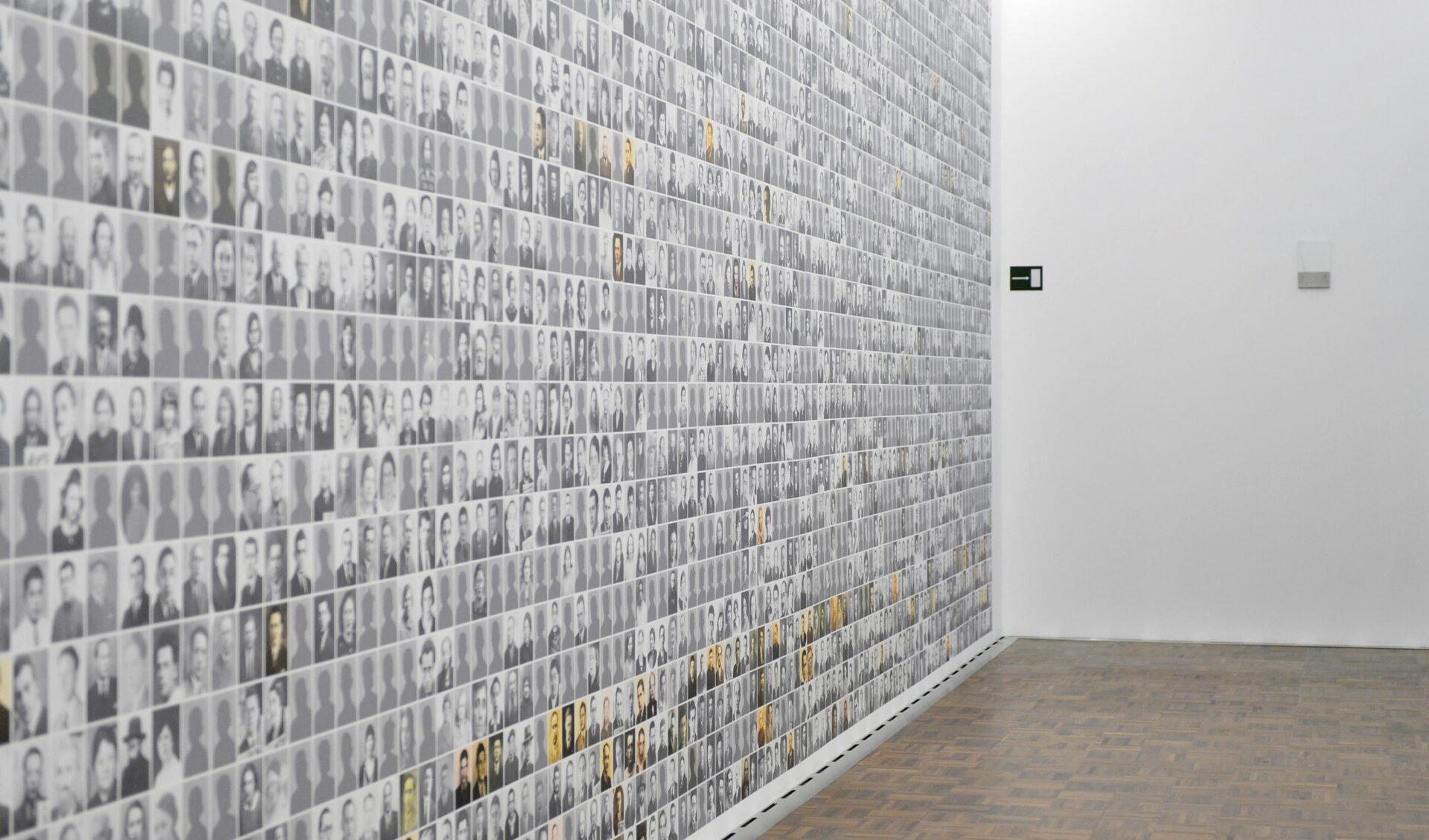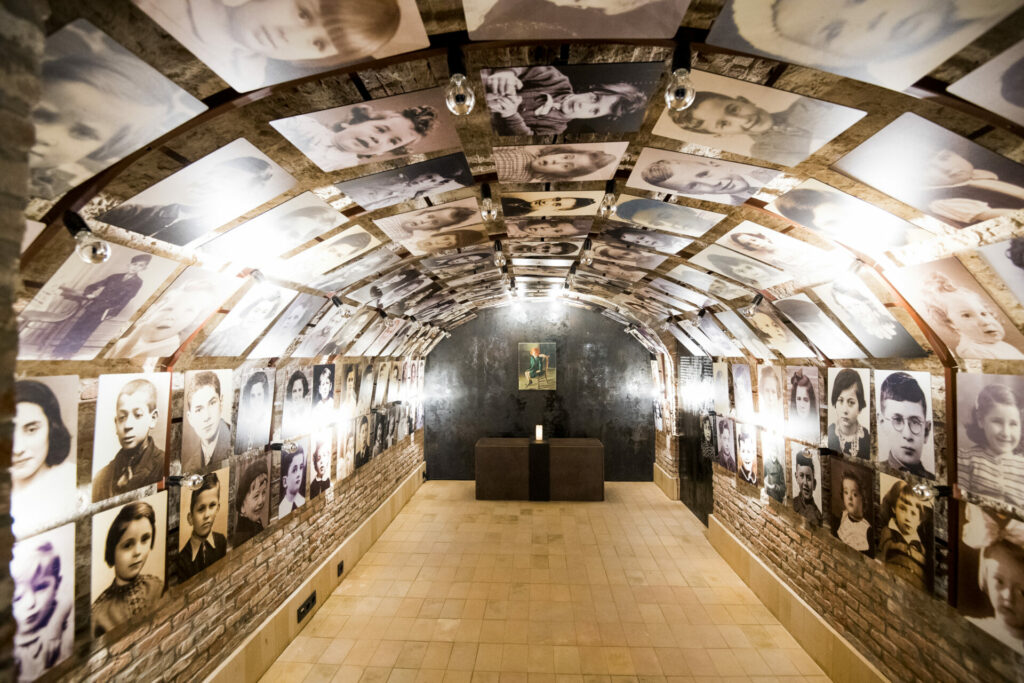Kazerne Dossin, the memorial, museum and research centre on Holocaust and Human Rights in Mechelen, will hold its tenth portrait ceremony on Thursday 24 November.
During the ceremony, another 210 people deported from Mechelen will be "given a face."
"Giving a face" is what Kazerne Dossin, a former concentration camp, refers to in its research of associating photographs with the names of Holocaust victims. The research centre has continued to look for the 4,939 photos of people who still do not have a portrait to honour their memory.
Each year, the Portrait Ceremony commemorates the 25,843 Holocaust victims who were deported from Mechelen and taken to various camps, many of whom never returned.
In recent years, 20,904 people have been identified with a photograph while 4,939 other names have not yet been given a face. Since 2013, newly found photos have been added to the portrait wall every year thanks to the 'Give them a face' campaign.

Photo portraits of the victims who were deported from the Dossin barracks are displayed permanently on a wall in the museum. Unfortunately, the wall is not yet complete as the museum is still searching for photographs. New pictures are attached to the wall each year during a Portrait Ceremony. Credit: Benoit Doppagne / Belga.
For the first time, the number of silhouettes (names without a face) is below 5,000. This work is possible thanks to the commitment of the research team, partner institutions, many relatives, friends, former classmates and neighbours of the victims, individual researchers, archivists and volunteers.
Faces and stories of history
During the search for photographs, unprecedented stories often surface.
This year, the story of Aron Luksenberg will be told. Contrary to what the authorities informed, the boy did not die in Auschwitz at the end of April 1943. This was discovered by Jo Peeters, curator of the House of the Belgian-French Resistance.
Related News
- Belgium's Stolpersteine marking the houses where Jews lived before deportation to Nazi death camps
- New penalty for racism and hate speech: A visit to the Dossin Caserne
- Holocaust Commemoration urges Europe to fight racism and hatred
The boy jumped out of Transport XX and was then taken care of at Bierbeek Abbey. He was smuggled to Wavre, went into hiding and was adopted after the war. He was the only one of his family to survive the war.
During research, a photo of Aron emerged. Thanks to Jo Peeters, Aron Luksenberg got a face again. The Portrait Ceremony will take place on Thursday evening, 24 November, at Kazerne Dossin.

